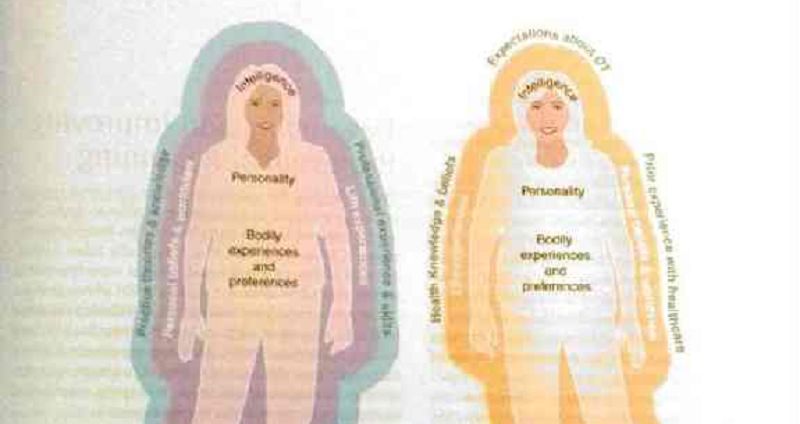مقدمة ٝي العلاج الوظيٝي
{"name":"مقدمة ٝي العلاج الوظيٝي", "url":"https://www.quiz-maker.com/QPREVIEW","txt":"Test your knowledge on occupational therapy with our comprehensive quiz designed for students and professionals alike! This quiz consists of 40 multiple-choice questions covering essential concepts, frameworks, and practices within the field.Key Features:40 QuestionsMultiple-choice formatInstant feedback on answers","img":"https:/images/course8.png"}
More Quizzes
PCM Lecture Exam 2 Practice Questions
412031
Skeletal system
10533
Overpopulation
420
Discover Your Favorites!
840
Why Am I Such a Lightweight? Free Alcohol Tolerance
201021957
Which Greek Goddess Are You? Free Personality
201019427
The Rock - How Well Do You Know Dwayne Johnson Movies?
201019933
Which Sorority Should I Join? Free to Find Your Fit
201019625
-ic Medical Term Suffix - Medical Terminology Practice
201019330
Synonyms for Trivia - Test Your Vocabulary
201020039
2015 PSLE Science Paper Answers - Free Practice
201017704
What Should I Be When I Grow Up? Free Career Match
201020822

